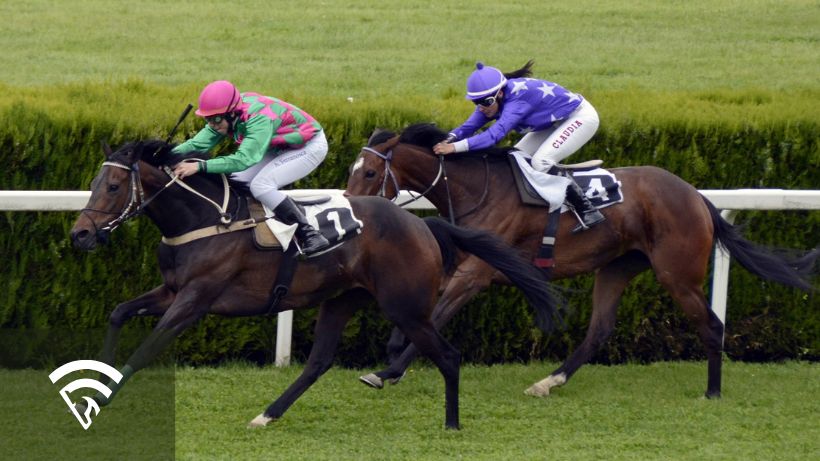What is Class Dropping?
Class dropping refers to a horse moving down in competition level, typically into a race that should be easier than its recent efforts. When a horse drops in class, it’s often expected to be more competitive — and sometimes becomes a heavy favorite as a result.
Class is one of the most important and complex factors in handicapping. Understanding how to spot legitimate class drops versus questionable ones can help you find value and avoid common betting mistakes.
How Class Works in Horse Racing
Every race is run under a specific condition that defines the level of competition. Some races are restricted by age, sex, or wins; others are determined by claiming price or purse. These conditions form a class structure that helps place horses of similar ability together.
Examples of class levels (from high to low) include:
- Graded stakes (G1, G2, G3)
- Overnight stakes
- Allowance races
- Optional claiming
- Claiming races
- Maiden special weight
- Maiden claiming
A horse dropping from an allowance race into a claiming race is class dropping. So is a horse moving from a Grade 2 stakes into an overnight stakes or optional claimer.
Reasons a Horse Might Drop in Class
Not all class drops are created equal. Some are strategic, while others may be signs of decline. Common reasons include:
Looking for an easier spot
The most straightforward reason. A horse may have been overmatched recently and is now being placed where it can compete more realistically.
Trainer intent
Some barns use class drops to position horses for confidence-boosting wins or to prepare for future spots.
Condition eligibility
Horses who’ve lost their allowance conditions may have no choice but to run in lower-level races.
Selling intent in claiming races
When a horse drops into a claiming race, it becomes eligible to be claimed (purchased). This may signal the connections are willing to risk losing the horse in exchange for a purse win.
Form cycle
Some horses drop when they’ve lost form and need to find softer competition to rebound. Others are just out of top condition and won’t be bettable until they show signs of life.
How to Evaluate a Class Drop
Not every drop means a horse is ready to win. Context matters. Ask:
- Has the horse run well at this level before?
- Is the trainer known for success with class droppers?
- Are there signs of declining form, such as fading late or slow recent workouts?
- Does the drop make sense based on recent trips, trouble, or competition?
- Is the horse facing different surface or distance conditions?
A sharp drop off a layoff or poor performance might indicate physical issues or barn frustration, not a tactical move. But a class drop combined with good form, solid workouts, or a winning trainer pattern can be a strong angle.
How EquinEdge Helps With Class Analysis
EquinEdge simplifies the process of evaluating class changes:
- EE Win % accounts for class, pace, and form, helping you see whether a class drop is likely to result in improved performance.
- GSR (Genetic Strength Rating) can reveal whether the horse is still being asked to perform in suitable conditions.
- Comparing a horse’s class history with today's level allows you to assess whether the drop is meaningful or marginal.
By combining class drop scenarios with data-driven projections, you can cut through the noise and focus on the horses best positioned to take advantage.
Final Thoughts
Class dropping is one of the most powerful angles in handicapping when used with context and restraint. A horse moving down to an easier spot often deserves a long look — but the key is to figure out whether the drop is tactical or desperate.
When paired with reliable data like Win % and pace analysis from EquinEdge, you can sharpen your read and avoid betting horses that are dropping for all the wrong reasons.
